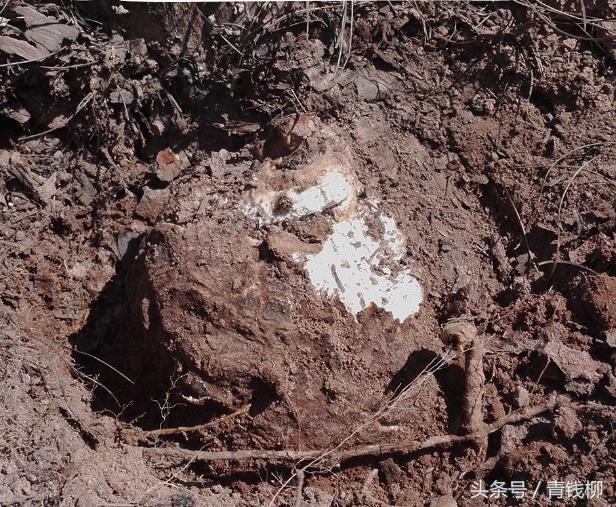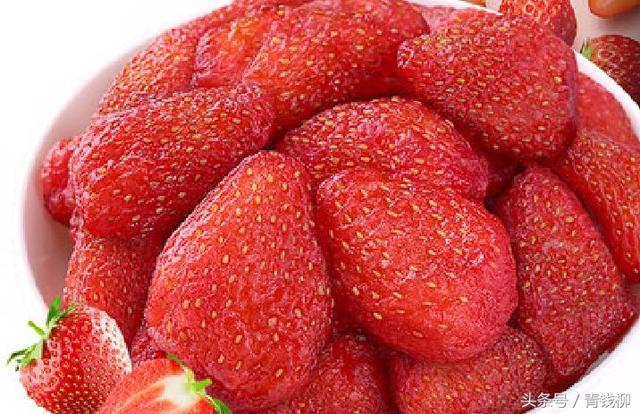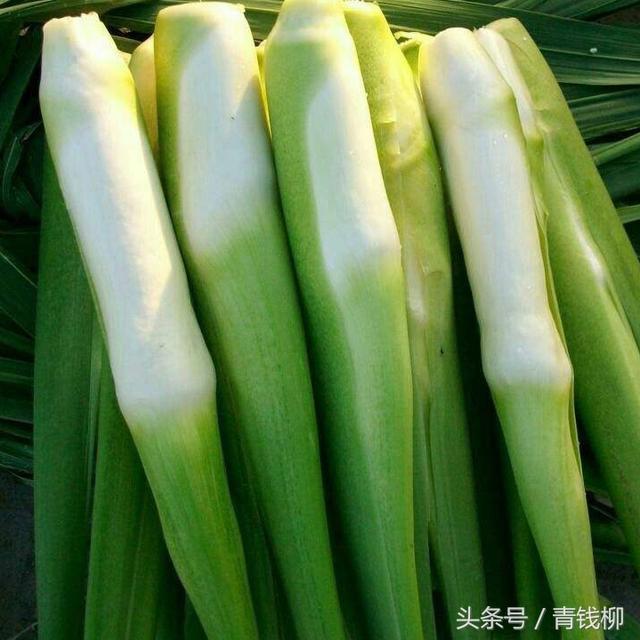High-yield cultivation techniques of Poria cocos in Dabie Mountain area

High-yielding Cultivation Techniques of Poria cocos in Dabie Mountain Area
Poria cocos, also known as poria cocos and poria cocos, is a fungus plant parasitic on dry pine covered in soil layer. It belongs to poria genus of polyporaceae of basidiomycetes in fungi kingdom. It is widely distributed in Anhui, Fujian, Hubei, Guangxi, Yunnan, Sichuan and other places. Among them, Poria cocos cultivated by using unique climatic conditions and soil site conditions in Dabie Mountain area belongs to traditional cultivation authentic products with good quality and high yield.
Poria cocos is an important Chinese herbal medicine in China, with sedative, spleen, diuretic, to edema and other effects. It is a good way to practice the Party's "rural revitalization strategy" and promote farmers 'income to cultivate Poria cocos by using the unique climatic conditions and abundant pine resources in Dabie Mountain area. On the basis of many years 'cultivation experience, the author summarized the high-yield cultivation techniques of Poria cocos in Dabie Mountain area, in order to provide reference for cultivation of Poria cocos.
1 Biological characteristics
1.1 morphological characteristics
Usually called poria cocos sclerotia, by a large number of hyphae and nutrients polymerization, dormant state, skin was black brown, white or pink inside, spherical, elliptical, also irregular shape, from several hundred grams to several kilograms.
1.2 breeding cycles
Honeycomb-like fruiting bodies are grown on the surface of sclerotia of Poria cocos. When the fruiting bodies mature, they produce greyish white spores. Spores germinate under suitable conditions to produce mycelia, primary is monokaryon, monokaryon hyphae after mating, secondary mycelia, i. e. binucleate hyphae. A large number of mycelium and nutrients gathered to form the sclerotia of Poria cocos.
1.3 growth habit
Mycelia can grow at 10~35 ℃, and the optimum temperature is 23~28 ℃. Mycelia is easy to age above 35 ℃. Mycelia grow in medium, water content is about 60%, pH value is 5~6. The growth in soil requires a water content of about 25%, and it grows well in sandy soil. Fruiting body formation requires air humidity of 70%~85%.
2 High-yielding cultivation techniques
2.1 Culture preparation
2.1.1 Parent species. The formula was peeled potato 200 g, glucose 20 g, agar 20 g, water 1 000 mL. washing peeled potato, slicing, adding 1 000 mL of water, boiling for 30 min, filtering, adding agar, boiling until completely dissolved, adding glucose, stirring and melting, supplementing water to 1 000 mL, adjusting pH value to 5~6, subpackaging into 20 mm×200 mm test tubes, preparing slant culture medium, tying 10 pieces into a bundle, tightly plugging cotton plug, bottle opening upward, and under pressure of 1.05 kg/cm2. Sterilize at 121 ℃ for 30 min. After cooling, move into a sterilized inoculation box, disinfect the sclerotia of Poria cocos with pure quality (suitable for local growth, more than 2.5 kg, circular shape), vigorous vitality and compact texture with 75% alcohol, and then wash it repeatedly with sterile water. At the position of 2~3 cm of outer skin, take 0.5 cm×0.5 cm and 0.25 cm thick Poria cocos block and inoculate it on the inclined culture medium of test tube. The inoculated test tube is then transferred to a culture chamber and cultured at 25 - 28 DEG C for 5 - 7 days until hyphae are fully covered in the whole culture medium, and then the mother seed is obtained.
2.1.2 Original stock. A medium containing 60% water was prepared from 10% pine wood, 90% wheat kernels, 1% sucrose and 0.5% NH2NO3. The medium was put into a 500 mL jar and sterilized at 1.5 kg/cm2 for 60 min or 100 ℃ for 8~10 h under normal pressure. After cooling, move into the inoculation box, connect the mother seed to the original seed culture medium, and each mother seed test tube can connect 5~8 bottles of original seed. After inoculation, move to culture room and culture for 15~20 days, and the hypha grows all over the bottle, that is, the original seed.
2.1.3 Cultivated species. A medium containing 60% water was prepared from 65% pine wood, 10% pine sawdust, 20% bran, 3% sucrose, 1% gypsum powder, 0.8% magnesium sulfate and 0.2% chlormephenicol. The medium was packed into a jar or polyethylene seed bag and sterilized at 100 ℃ for 8~12 h under normal pressure. After cooling, move into the inoculation box, each bottle of original seed can be inoculated with 60~80 bottles of cultivated seeds, and then move into the culture room, culture for 10 days at 28 ℃, and then culture for about 10 days at 22 ℃. The mycelium is full of the whole bottle, that is, the cultivated seeds.
2.2 Preparation of culture media
2.2.1 Select trees to cut down. Pine trees of proper age are selected, and Pinus massoniana is the majority in Dabie Mountain area. Trees with chest height of about 20 cm, 10~15 years old, sufficient slurry, rich nutrition and loose texture are selected. From winter to next year, it is cut down, nutrients are concentrated, after freezing and sunlight, it absorbs water after full drying, and it is easy for mycelium to grow.
2.2.2 Remove skin and keep tendons. Pine trees can be cut off branches 10~20 days after felling, peeling and leaving tendons. According to the trunk thickness, when peeling, several ribs are left alternately. Staying muscle means leaving 3 cm wide endothelium (cambium), which is conducive to retaining nutrients such as sugar. When the tree material 7 is dried, the scattered tree material is gathered to the edge of the box, sawn into wood sections of about 50 cm, and stacked into a well shape for ventilation and drying.
2.3 Site preparation
In order to reduce transportation costs, the nearest cultivation site should be selected, requiring leeward sunny, sandy loam or hemp soil, and old forest soil is the best. After the site is selected, cut down weeds and branches, clean up, excavate the site, preferably in winter, about 50 cm deep, pick up grass roots and stones, and open drainage ditches and kiln chambers.
2.4"Meat lead" ready
"Meat lead" that is used for inoculation of poria cocos sclerotia, pure varieties, vitality, rich nutrition, close texture, pollution-free, neither too small, nor aging. Therefore, in the production of "meat lead" process to accurately grasp the blanking season, prepare pine trees in advance, peel and stay tendons, cut off, fully dry. In late August under the kiln inoculation cover soil, the next May to grow into Poria sclerotium can be used as "meat lead". To produce pure varieties, vigorous vitality of the "meat lead", first, the tree material requires less section, loose material, moderate thickness; second, according to the requirements of the selection of the box; third, the selection of strong resistance, high yield, good commercial poria cocos strains; fourth, each kiln 3~5 barrels of material, with 0.3~0.5 kg of strains; fifth, after the kiln to carefully check the hypha feeding situation, pay attention to pest control, animal pest control.
2.5 planted
2.5.1 Lower kiln inoculation lead. In the middle and late May, select sunny days to lower the kiln, ditch along the slope in the finished box field, 70~ 80cm long, 50~ 60cm wide and 50cm deep, sprinkle a small amount of quicklime in the ditch for disinfection. Then, the poria cocos log is discharged into a ditch. According to the size of the log, the lower layer has 2 cylinders and the upper layer has 2 cylinders or 1 cylinder. The logs should be in close contact with each other. Each kiln has 7.5 - 10.0 kg of logs. Inoculate 0.3 - 0.5 kg of cultivated seeds. Open the seeds and inoculate them at the upper end of the log. The seeds should be fully contacted with the logs. Cover them with seed bags to prevent pollution. Then cover the soil with a thickness of about 5 cm and a turtle-back shape, which is convenient for moisture preservation and drainage. Excavation of the next ditch shall be carried out horizontally and in turn. When the kiln is finished, a row is placed under the kiln, and 40 cm of space is left between the two rows, which is convenient for "meat introduction" and management. From top to bottom, each kiln is aligned with each other so that the kiln ditch drains smoothly. In case of long rainy days, soil moisture is too large, available plastic film cover.
2.5.2 After "meat lead". In order to improve the yield and marketability of tuckahoe, tuckahoe was induced to grow at fixed point. Originally, several small tuckahoe were produced in each kiln, but only one tuckahoe was grown in each kiln through inoculation of "meat introduction", and the yield was 1/3 higher than that of the original total yield of several tuckahoe. 15~25 days after the poria cocos log is put into the kiln, generally 20 days is appropriate. When the mycelium grows from the inoculation lead to the lower end of the log, it is commonly known as "sealing the stump". The soil layer at the lower end of the log is peeled open, and the "meat lead", i.e., 3 cm poria cocos block, should be fully contacted with the log, covered and covered with soil to prevent pollution.
2.6 post-planting management
7~10 days after inoculation, check whether the mycelium is fed, if the inoculation fails, it should be supplemented in time. Fences should be built around the yard with branches to prevent damage by people and animals, pay attention to clearing ditches and drainage to prevent waterlogging, cover soil to preserve moisture, and eradicate weeds in the yard. The biggest pest in the cultivation process of Poria cocos is termites, which can be killed by mirex, chlorpyrifos, carbofuran and other mixed baits. Later growth exposed soil surface poria cocos should be covered with soil in time.
2.7 harvesting and processing
From the end of October to November, tuckahoe grows mature and can be harvested. Generally placed in the "meat lead" place knot Ling, with hoe carefully dug up the soil layer, take out fresh Poria, and then cover the soil, to be the second year in June to July harvest, commonly known as "two field." After harvesting, nutrients are generally exhausted and can be dried as fuel. Fresh tuckahoe out, brush clean, stacked in the shade covered with plastic agricultural film, water evaporation, produce gas sweat, known as "sweating." After 10 days in winter and 3~5 days in summer, the skin is peeled, processed into Poria tablets, Poria formulas, Poria spirits, etc. with special Poria knives, dried and packaged for sale.
- Prev

Growth characteristics and cultivation techniques of Strawberry
Strawberry growth characteristics and cultivation techniques Strawberry is widely cultivated in China because of its short growth cycle and relatively high yield, which originated from South America. Strawberries are favored by people because of their good taste, high nutritional value and health care effect.
- Next

Planting techniques of organic vegetables in greenhouse
Greenhouse organic vegetable planting technology 1 Analysis of influencing factors of greenhouse vegetable cultivation 1.1 affected by harmful gases, the most essential difference between greenhouse vegetables and ordinary vegetables is the integration of artificial management. Vegetables in the greenhouse have been in a dense state for a long time.
Related
- Wuhan Hospital Iron Tree Blooming Result Was Instantly Frightened by the Gardener Master
- Which variety of camellia is the most fragrant and best? Which one do you like best?
- What is the small blue coat, the breeding methods and matters needing attention of the succulent plant
- Dormancy time and maintenance management of succulent plants during dormancy
- Minas succulent how to raise, Minas succulent plant pictures
- What are the varieties of winter succulent plants
- How to raise succulent plants in twelve rolls? let's take a look at some experience of breeding twelve rolls.
- Attention should be paid to water control for succulent plants during dormant period (winter and summer)
- Watering experience of twelve rolls of succulent plants
- Techniques for fertilizing succulent plants. An article will let you know how to fertilize succulent plants.

